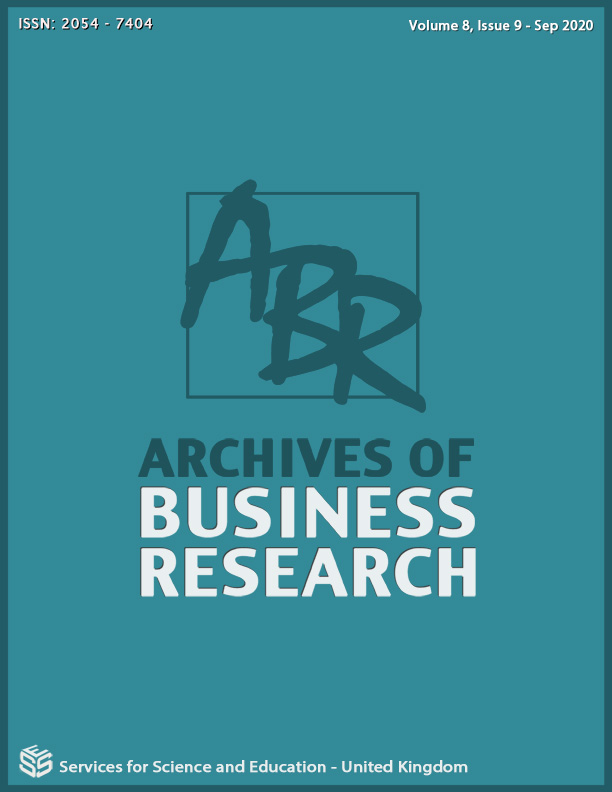EASE: A Method to Integrate Older Adults back into Senior Centers post COVID-19
DOI:
https://doi.org/10.14738/abr.89.9139Abstract
One in six senior citizens (age 65 years and older) living alone in the United States faces physical, cultural, and/or geographical barriers that isolate them from their peers and communities. This isolation can prevent them from receiving benefits and services that can improve their economic security and ability to live healthy, independent lives. Although it is generally known that depression is not directly related to the aging process, adults 65 years and older are more likely to experience depression due the onset of physical limitations, living alone, decreases in mobility, feelings of purposeless, cognitive decline, and fear of dying (Neff 2020). Prior to COVID-19, older adults attending senior activities centers (SAC) were instrumental in decreasing episodes of depression. This is largely based on socialization with peers, getting out of the home and, and listening to the life experiences of the much older adults.
Since COVID-19, social distancing has been encouraged and the elimination of social gathering has been emphasized, which was, heretofore, expected in senior activities center settings. In the authors’ combined experience, the primary goal of successfully transitioning senior citizens returning to senior activities centers can best be accomplished by mental health care workers use of the EASE method. EASE stands for E: educate: Mental health care workers must educate older adults on the importance of social distancing in decreasing the spread of COVID-19 to the most vulnerable population (based on age and pre morbid conditions). By training staff to educate older adults on CDC guidelines relative to COVID-19 on proper handwashing, the wearing of facemasks to cover the mouth and nose, and to seek medical attention if Covid-19 symptoms are present, is essential. A: avoid: mental health care workers must constantly remind older adults to avoid the touching of the face and eyes. From picking up objects to turning doorknobs, people are constantly touching surfaces contaminated with pathogens. These pathogens can be picked up by our hands and get into the body through mucous membranes on the face — eyes, nose, and mouth — that act as pathways to the throat and lungs (Elder NC, Sawyer W, Pallerla H, Khaja S, Blacker M, 2014).
S: support: Mental health care workers who work in senior activities centers. Senior should strive to support and provide an environment for older adults engaging them in opportunities for socialization, exercise, and education. The more active a senior citizen is, the healthier they will be. Recent research suggests when older adults consistently engage in social activities, they experience significant improvements in their physical, mental, and emotional health. Much of this improvement results from the ability to maintain healthy relationships and a continued sense of being part of society. E: Eliminate: mental health care workers should convey to older adults the need to eliminate activities that may contribute to contracting Covid-19, such as smoking and decreasing contact with those that smoke.
Educating mental health workers on the benefits of transitioning the (EASE) of senior citizens back to attending the senior activities center will better assist this population to return to and overcome their fears to participate in the “new normal” beyond convid-19. Senior activities centers have been and will continue to be valuable community assets providing significant benefit to older adults and their families. Change in these programs will have to be significant enough to make a difference for this large demographic group. Using the EASE Method will assist with meeting the scale of change with the scale of the demand for Seniors to feel safe to return to Senior activities Centers.






